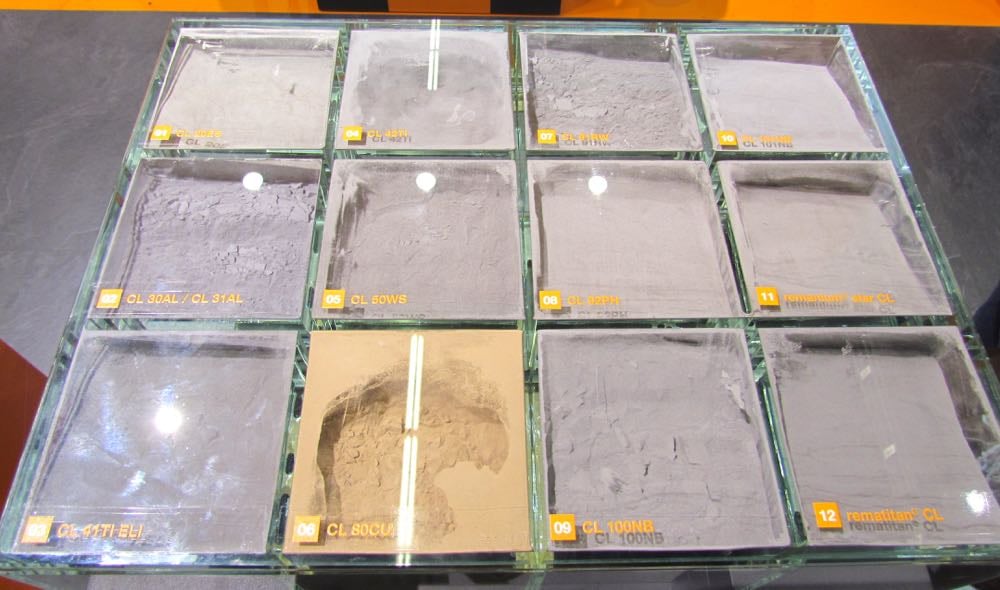
I read a report proposing that it might be profitable to invest in metal powder production for 3D printers and concluded this might not be the best plan.
The report suggested that Alcoa, a major aluminum producer, would be able to capitalize on the recent trend in metal 3D printing that’s captured the attention of many manufacturers.
The logic might make sense at first:
- Many powerful and competitively priced metal 3D printer options are now available;
- Industries, particularly aerospace and automotive, are now catching on to the true benefits obtained by fully leveraging 3D printing techniques;
- Sales of metal 3D printers are rising, likely to those same companies;
- Companies operating metal 3D printers will no doubt require truckloads of metal powder to fuel these machines.
However, there’s a few problems with this.
First, the amount of powder is likely small. Small in comparison to the amount of “regular” metal produced by major metal sources. How much? According to statistics, there are 83M tonnes of aluminum produced annually. To put that visually, it’s a cube of aluminum approximately 310m per side.
In other words, the amount of 3D printing material is likely insignificant compared to the amount of other metal made by producers, and thus unlikely to affect their financial results and stock price.
Second, there aren’t that many metal 3D printers in production. Sure, sales figures are rising, but the cost of such machines often exceeds USD$500,000. There just aren’t that many buyers and the number of machines per vendor can often be counted in the dozens. Not hundreds, certainly not thousands.
A relatively small number of metal 3D printers cannot consume significant quantities of metal powder even if running 24/7.
Finally, one of the biggest advantages of metal 3D printing is that LESS metal is used. Previously, parts were made by CNC milling, in which up to 75% of the metal was carved away. 3D printing approaches, more or less, use only the material in the final object.
So there could be LESS demand for metal from producers in the long run due to this effect.
Perhaps in five or ten years when there could be thousands of powerful metal 3D printers in operation the metal producers may see an effect, but that’s not happening soon in spite of growing interest in metal 3D printing.
Via Motley Fool

